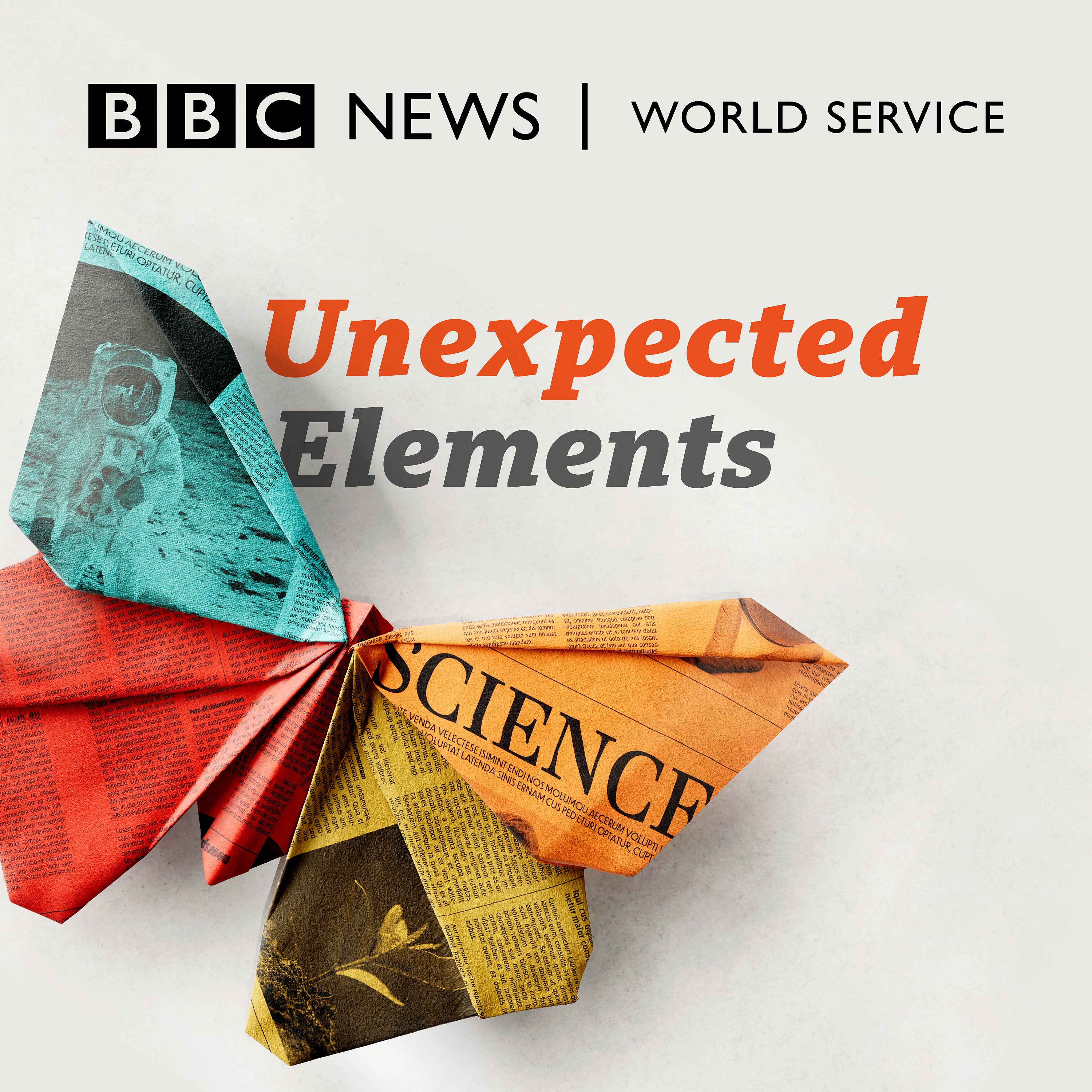Wuhan Coronavirus

The way in which a new virus has emerged in China is reminiscent of SARS, a highly infectious virus that spread rapidly. It\u2019s so similar that Health officials demanded action as soon as its existence became known. And the Chinese authorities and global medical community have acted to try and stop the spread. \nEvents were still developing, even as we were in the studio making this programme, new reports of suspected cases were coming in. The WHO was yet to give its view on the severity of the outbreak. This week\u2019s edition is very much a snapshot of what we know or knew about this virus on the afternoon of Thursday January 23rd 2020.
Super-sized volcanic eruptions and giant asteroids crashing in from outer space are the stuff of disaster movies. They have listener Santosh from South Africa slightly concerned. He\u2019d like to know what\u2019s being done in real life to prepare for this kind of event.
Although the chance of these events occurring is low, Santosh isn\u2019t entirely wrong to be worried: Earth has a much longer history than humans do, and there\u2019s evidence that several past extinction events millions of years ago wiped out the dominant species on the planet at the time, as we\u2019ve heard before on CrowdScience. The kind of extraordinary geological and extra-terrestrial hazards thought to be responsible for the death of millions of lives do still exist. So is there really any way that humans could survive where the dinosaurs \u2013 and plenty of other species \u2013 have failed?
Presenter Marnie Chesterton finds out by meeting experts who are already preparing for the remote but real possibility of the biggest disaster we could face. It turns out that in real life most things we can think of which could cause an extinction event are being watched closely by scientists and governmental agencies. How worried we should really be by the possibility of a sudden super-volcanic eruption at Yellowstone in the USA, or one of the other enormous volcanoes dotting our planet\u2019s surface? Marnie heads into an underground bunker near the remote Scottish coast to find out if hiding out is a viable survival option. Now a museum, Scotland\u2019s Secret Bunker, formerly RAF Troywood, is one of a network of nuclear shelters built by nation states during the Cold War. And she hears about one of the combined space agencies most ambitious projects yet: NASA and ESA\u2019s Asteroid Impact and Deflection Assessment mission to crash an impactor into an asteroid\u2019s moon to find out whether we could knock any potentially problematic collisions off-course well before Earth impact.
(Image: Wuhan Residents wear masks to buy vegetables in the market. Credit: Getty Images)